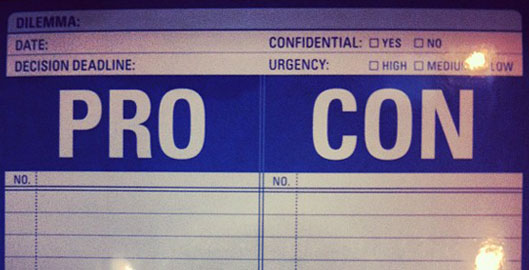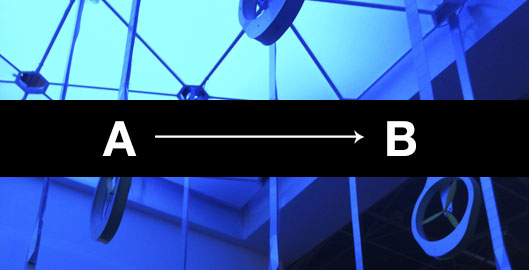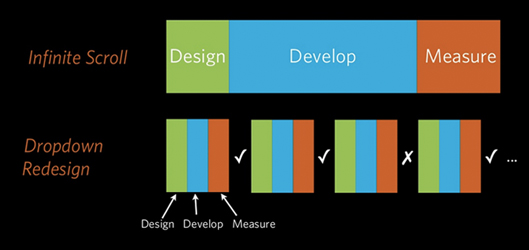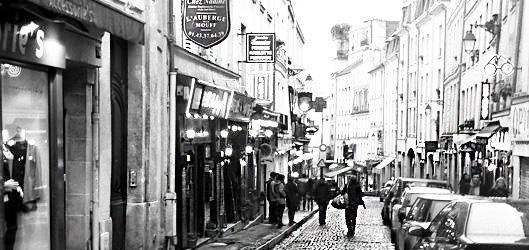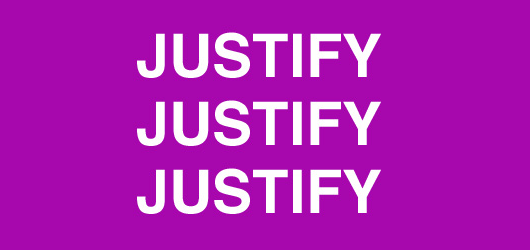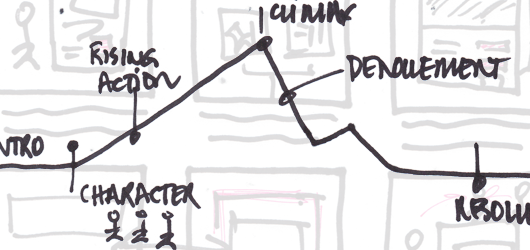Today I’m over on the Usabilla blog talking about how to manage feedback and why creating context is so important. As designers, we all face the challenge of gathering input and feedback from stakeholders, colleagues, and peers.Continue reading
Let’s Build Products, Not Just Pixels: Why You Must Choose Function Over Form
Recently I was browsing some blogs and design sites and came across someone who said they had just spent 20 hours designing a login modal.
At first, I was really frustrated with this, and then I was a bit sad. Today there is huge misunderstanding of what “design” means when it comes to creating a website or product. Why can’t we put function over form and avoid the temptation to do the opposite?Continue reading
Small Changes, Big Rewards: How Etsy Embraces Continuous Experimentation
If I were working at a start up right now, I would take a little time out and have my entire team watch this talk that Dan McKinley (@mcfunley) the Principal Engineer at Etsy gave about continuous experimentation. It reinforces a key lesson that is so simple, but so easily forgotten.
UX Magazine: The Flâneur Approach to User Experience Design
I wanted to share an article I recently wrote for UX Magazine, it’s called The Flâneur Approach to User Experience Design. The idea came to me while I was on a flight from London to NYC. I’d spent almost 3 weeks wandering around London and Paris without any agenda, simply exploring, observing,
The Democratization Of Design & The Lost Art Of Justification
A sad thing happened to my recently. I was shown a website that was recently redesigned and it was horrible. Not just a few pixels off, but entirely incoherent. There was no consistency or re-use of elements, the fonts were all over the place, navigation jumped around, breadcrumbs came and went, and it was simply something that looked like an elementary student could have made. But that wasn’t the most painful part. The most painful part was a scary realization that the democratization of design is breeding a whole group of people who can make stuff, but can’t tell you the why behind what they are doing. Is the pre-fab model of design is forfeiting the important art of justification and meaning?
When I started out, we did not have websites that sold Photoshop templates. We did not have websites that held contests for people to design a logo for $39. We did not have massive libraries of site templates and stencils to work from. More importantly we didn’t just focus on making, we also focused on meaning. Continue reading
Why We Need Product Storytellers At The Heart Of Product & Technology
Update: This post received a lot of great feedback and was re-written in more detail as an article for UX Magazine.
I am not a designer.
The word ‘design’ is far too limiting. What I really do is tell stories. I ask questions, find answers, and figure out how to distill a vision and idea into a product story.
There’s a lot of talk right now in the start up world about creating a founding team and whether a founder should hire technical or product first. The answer is more than obvious.
Technology is a means by which the product is brought to life.
But, without a story for the product, the rest of the team doesn’t don’t know what to build, sell, and evangelize. I’ve seen this happen over and over.
A founder has an idea and hires a team, but often doesn’t have strong product perspective on that team. Then, someone like me comes in, talks to the founder, and synthesizes the vision into a story and prototype, leading to the realization that what the founder envisioned is not what’s being created.
A founder has the vision. A founder provides the starting point. A founder has the initial idea … but a product is more than an idea. A product is more than a website. A product is more than a transaction. A product creates a relationship that produces an experience that brings added value to someone’s life.
In the article The Science of Relationships, I asked the question:
“How can we transform advertising from a series of static touchpoints with a brand to a dynamic network of thoughtfully designed interactions that are tailored to and seamlessly blend with people’s lifestyles – creating a strong brand connection – a lifelong marriage with the brand.”
We need to start thinking about products as relationships. Every company needs a product story that clearly outlines how a relationship will be created and sustained with every person that engages in the product. Part matchmaker, part marketer, part technologist, part artist, part strategist … the product storyteller liaises between all areas of an organization to ensure to that everything being created is helping to strengthen the relationship that the product has with the consumer.
Today we are feeling the effects of not having enough product storytellers. This hinges on the fact that too many people who call themselves designers lack the fundamental skill of storytelling. Before you can communicate anything visually, you have to establish the story that your visualization or experience is going to tell.
To every designer, you need to become a better product storyteller. You need to stop focusing on the pixels and think about the plot, the people, and the product. Write more. Ask questions. Become an expert in relationships.
To every technologist, I respect you. I also know enough of you to know that you feel the frustration and often have to do things over and over due to an unfocused product vision. So please understand that in saying that product should come first, I do this so that when you embark on creating a product, the vision is established and you can focus on creating great technology, not deciphering a disconnected vision.
To every founder, never stop having ideas. It’s because of people like you that new amazing products are brought to market. But, in a society where attention spans keep getting shorter and shorter, please realize that it is the product that establishes the strongest relationships that will win. So before you do anything else, establish your product’s story.
Update # 1:
This post received a lot of great feedback and was re-written in more detail as an article for UX Magazine.
Update # 2:
I’ve been asked to speak on the idea of product storytelling a few times. Here are the slides from one of my talks:
